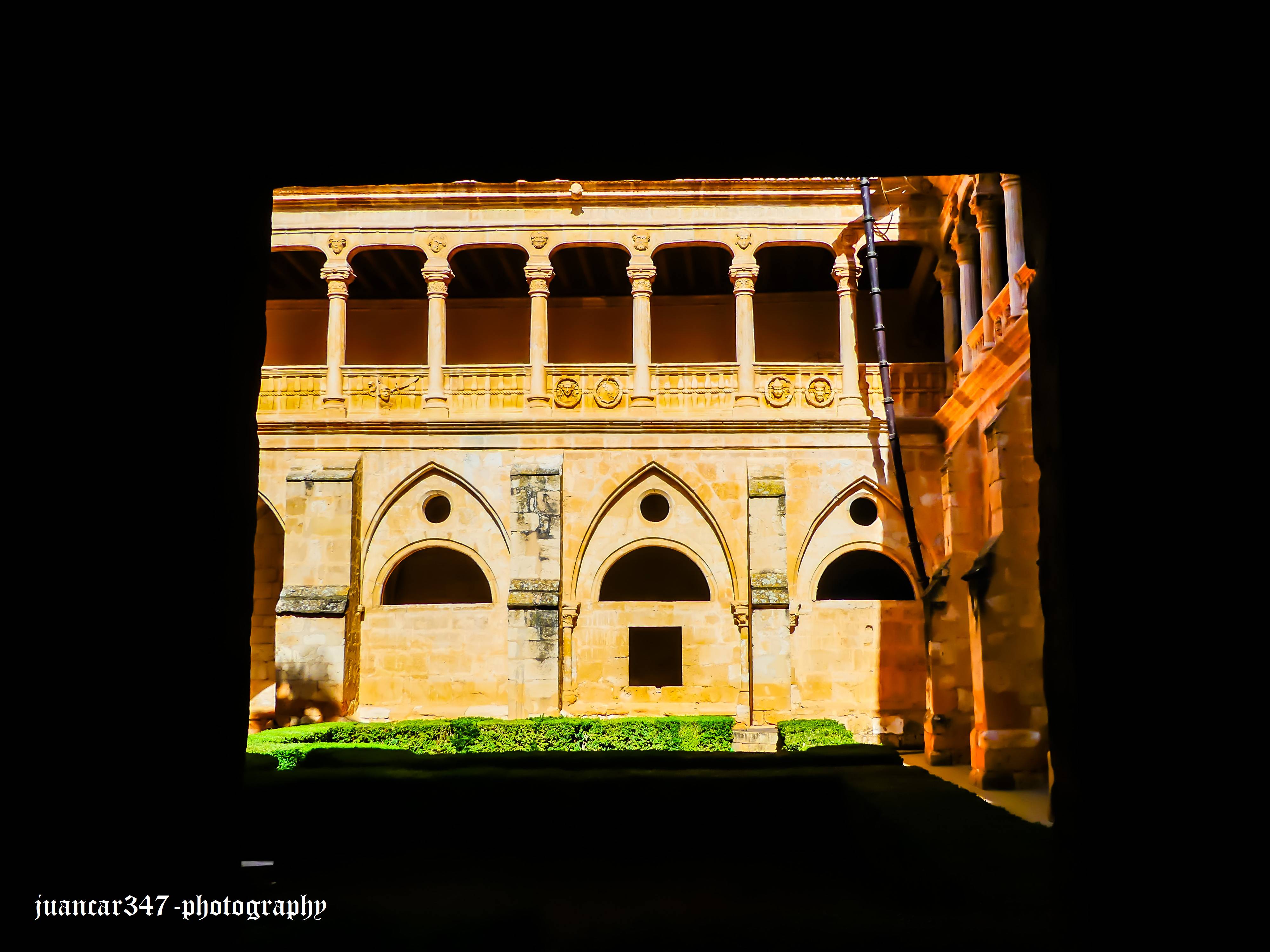
Located on the borders of the desolate moors that separate Soria from Aragon, there still exists a beacon of beauty, culture, and mystery, whose commendable existence not even time, with all its intrinsic power, has been able to subdue: the Monastery of Saint Mary of Huerta.
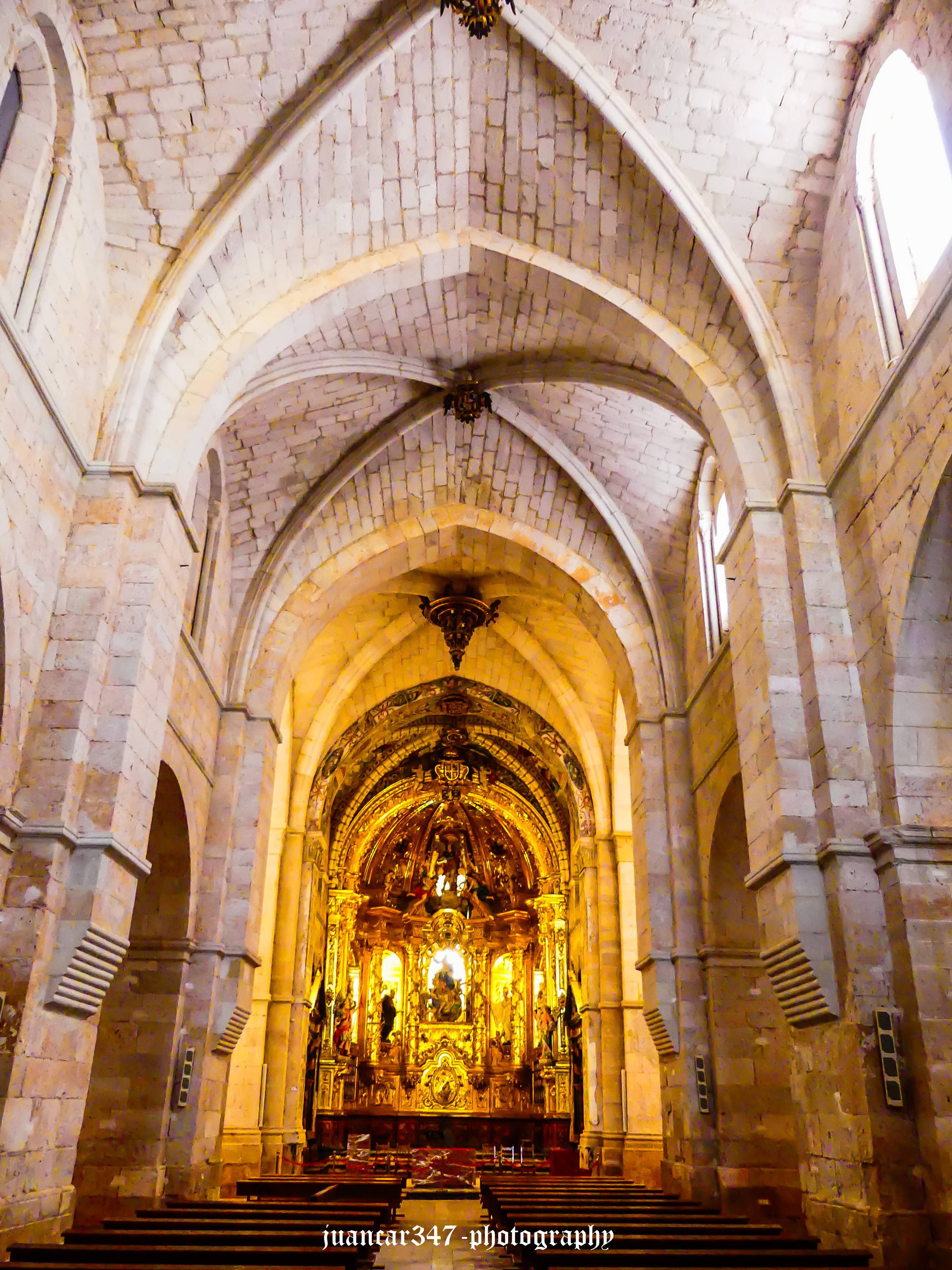
This is not the first time, nor will it surely be the last, that this unrepentant traveler drops by there, knowing that, within the footlights of those ancient walls, marginal history, the kind that will never appear in rigid school textbooks, thrives, always challenging the imagination and, above all, people's capacity for surprise.
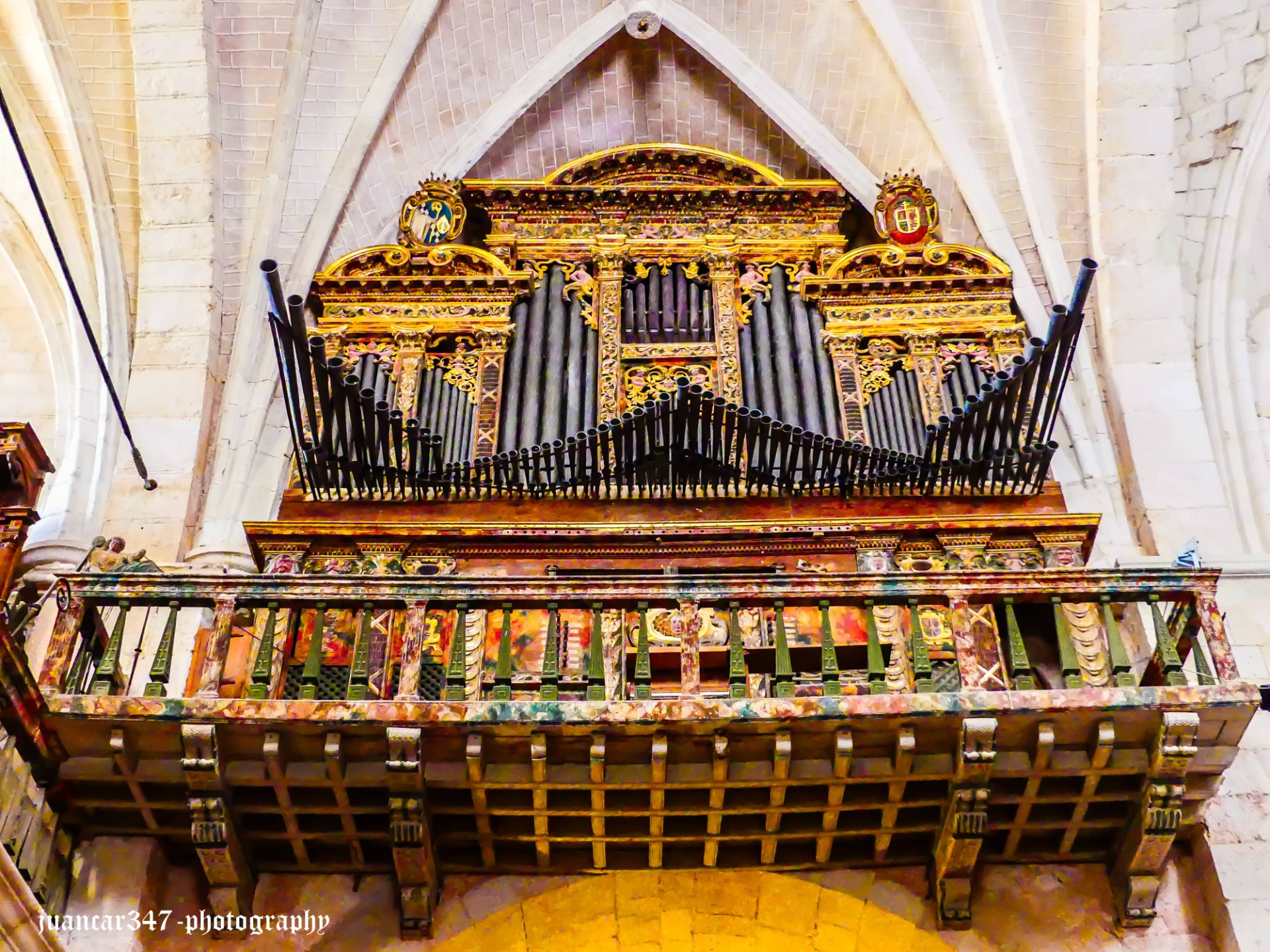
It couldn't be otherwise, especially considering that this medieval bastion, where the valuable psyche of ora et labora, that is, pray and work, is still respected, was one of the first monasteries founded by an order, the Cistercian Order, split from the opulence, arrogance, and power of its parent order, Cluny.
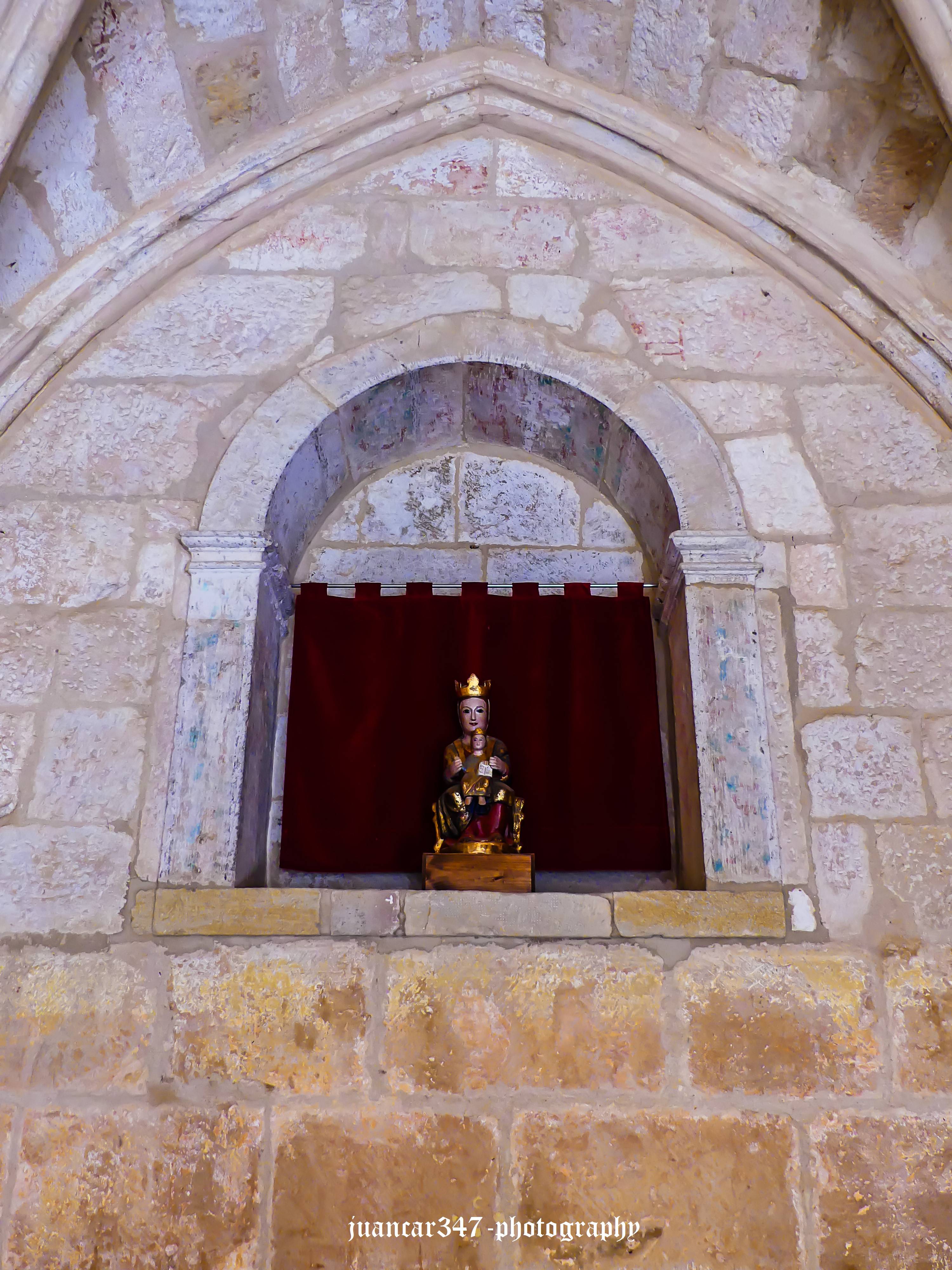
Its foundation, like the later founding of another related order, the Templar Order, also came at the hands of a few monks who, led by Robert of Molesme, a contemporary and friend of the famous abbot of Citeaux, the popular Saint Bernard, transformed this desolate place into a garden, around which the same town we can see today developed, without even deviating from the same highway that connects Madrid with Barcelona and France. There are certainly many mysteries, and this traveler attests to this, added to this symbolic place, a must-see for any lover of Romanesque art and those enigmatic brotherhoods that transformed sacred geometry into an art, leaving their no less misunderstood marks on the ashlars of the mysterious stones.

This includes a small apse chapel, that of the Magdalene, which, in addition to preserving 12th-century Romanesque paintings in relatively good condition, also displays a curious coat of arms, which, over time, would become the coat of arms of Madrid, with its bear and strawberry tree.
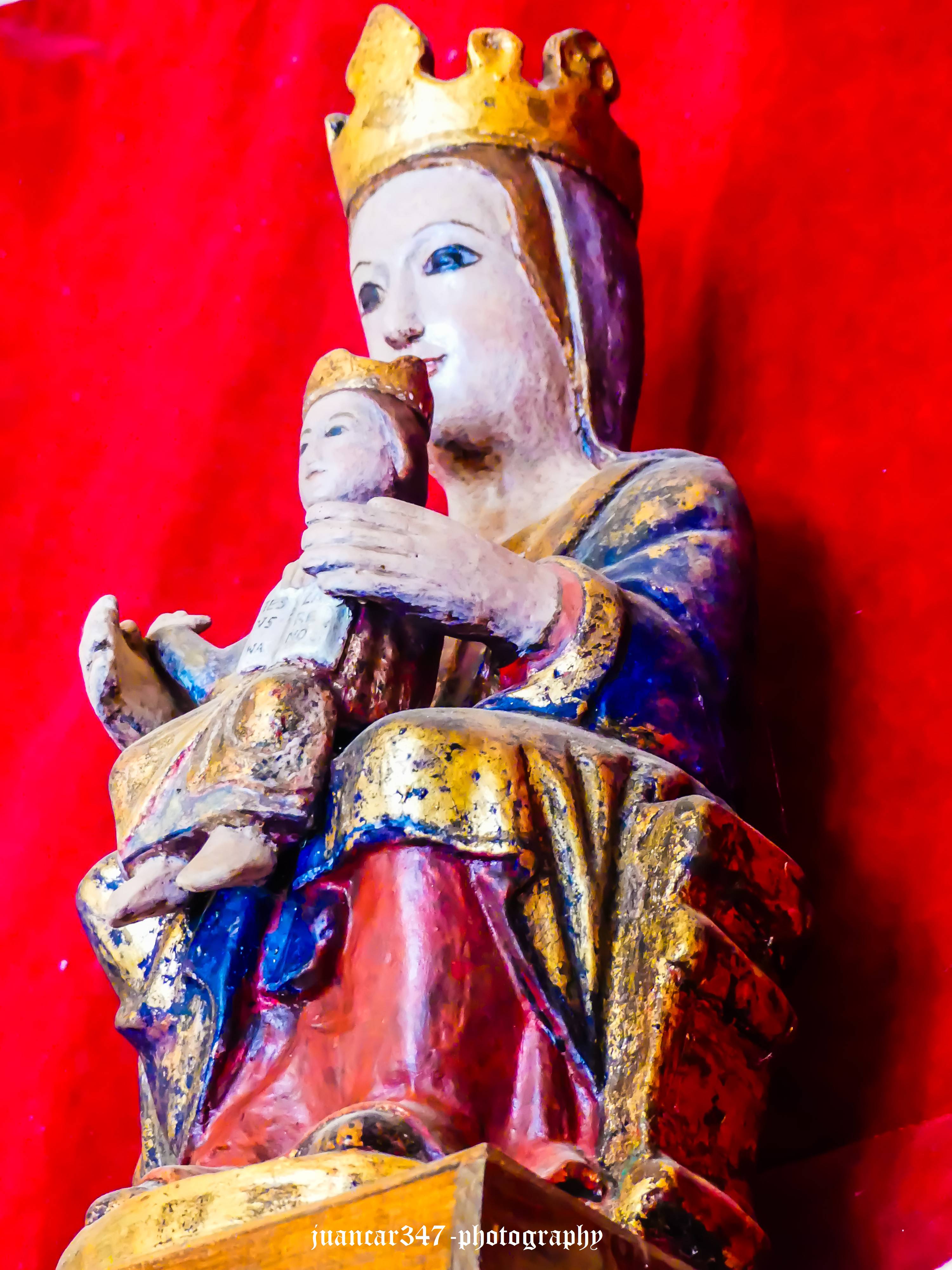
But perhaps one of the most fascinating enigmas lies in a small Marian image, barely thirty or forty centimeters high, whose name, the Virgin of The Navas, has been the subject of the most daring speculation since the beginning of archaeology in Spain. Indeed, in that 19th century, when the Spanish nobility was busy unearthing the secrets of our rich past, speculating on a historical and artistic heritage that was never sufficiently valued, there was a figure, the famous Marquis of Cerralbo, whose house in Madrid today constitutes another of those museums that no visitor should ever miss, who, faced with the vision of this small and metaphorical Lady of Troubadours, speculated on the possibility that it was that very image that Archbishop Rodrigo Ximénez de Rada, whose tomb is located in the church of this monastery, carried on his mount and in front of which, while officiating mass, he harangued the Christian troops who took part in the decisive Battle of The Navas de Tolosa.
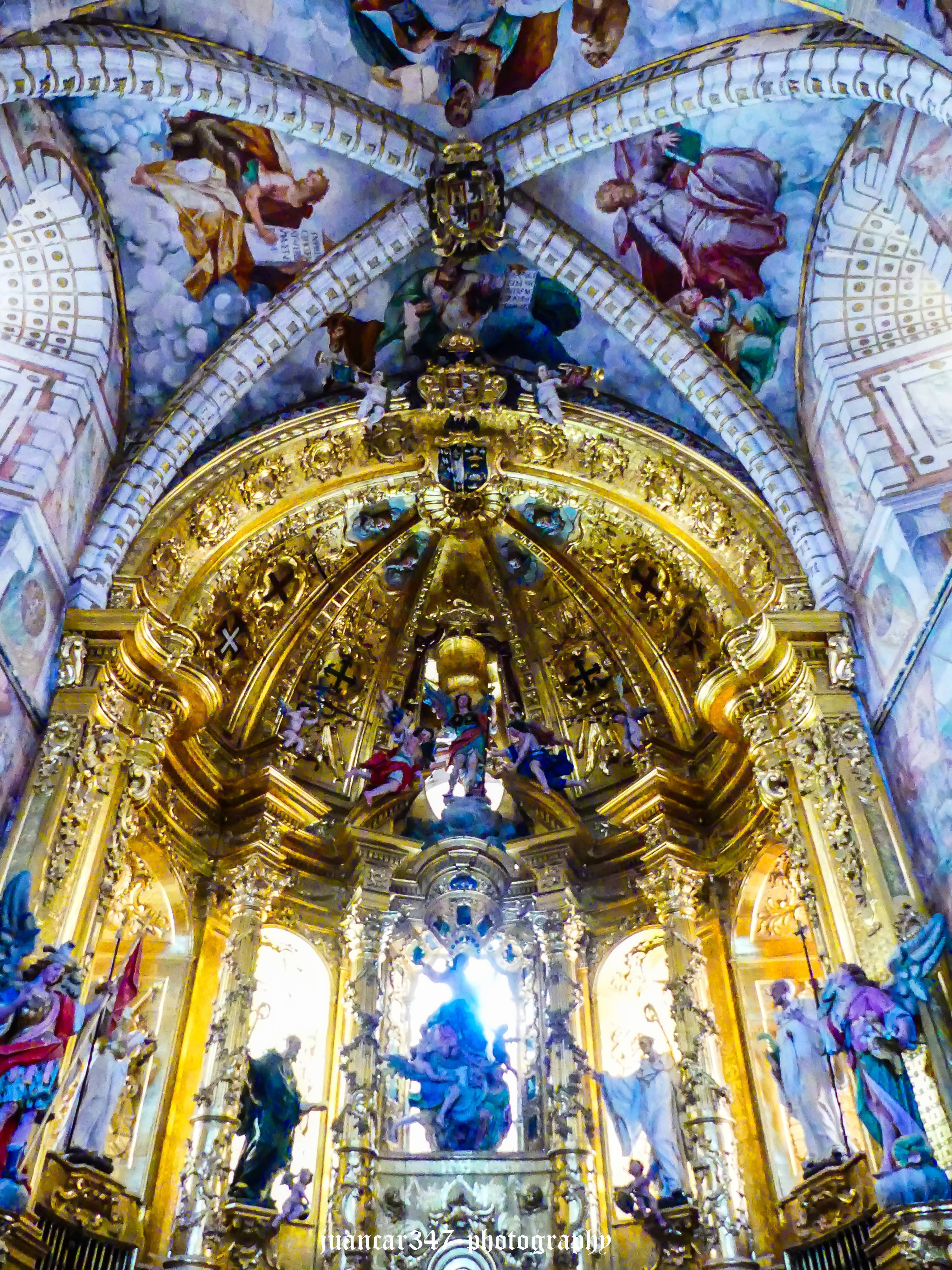
These same scenes are also reproduced in eloquent later paintings located in the monastery's main apse, where this prelate can be seen haranguing the troops, along with another notable figure who also participated in the battle, Abbot Martín de Finojosa.
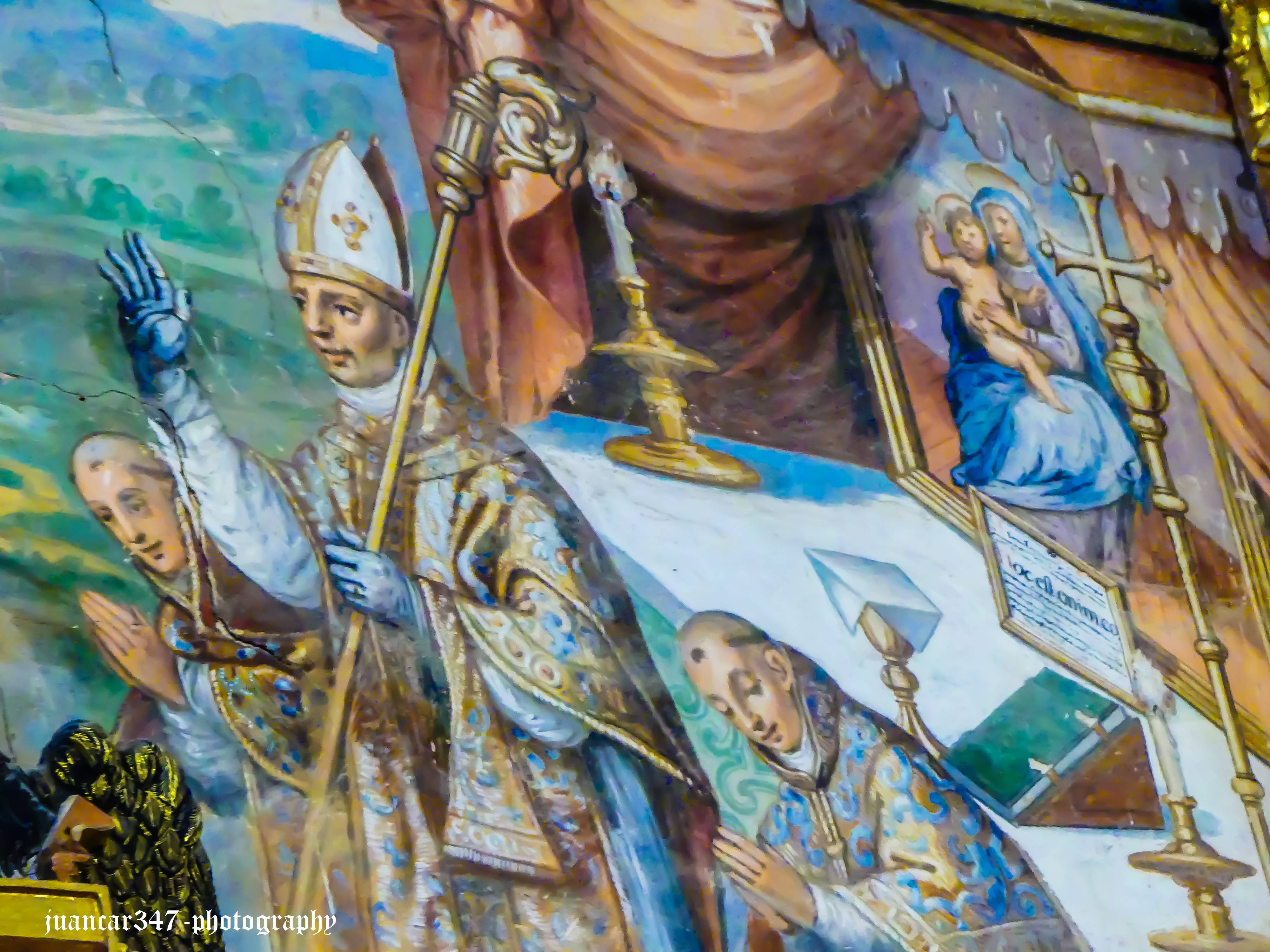
The original image, hidden from the public, was replaced in relatively modern times and substituted with a replica, which is precisely the one we display here and which is currently on display in the cloister.

To this day, the theory of the Marquis of Cerralbo, who was, in fact, the first, has not been validated. He suspiciously wondered if this was indeed the famous image carried by Archbishop Ximénez de Rada on his mount, whose hieratic gaze inspired courage in those Christian armies, whose sacrifice marked the beginning of the end of Muslim rule in the Iberian Peninsula.
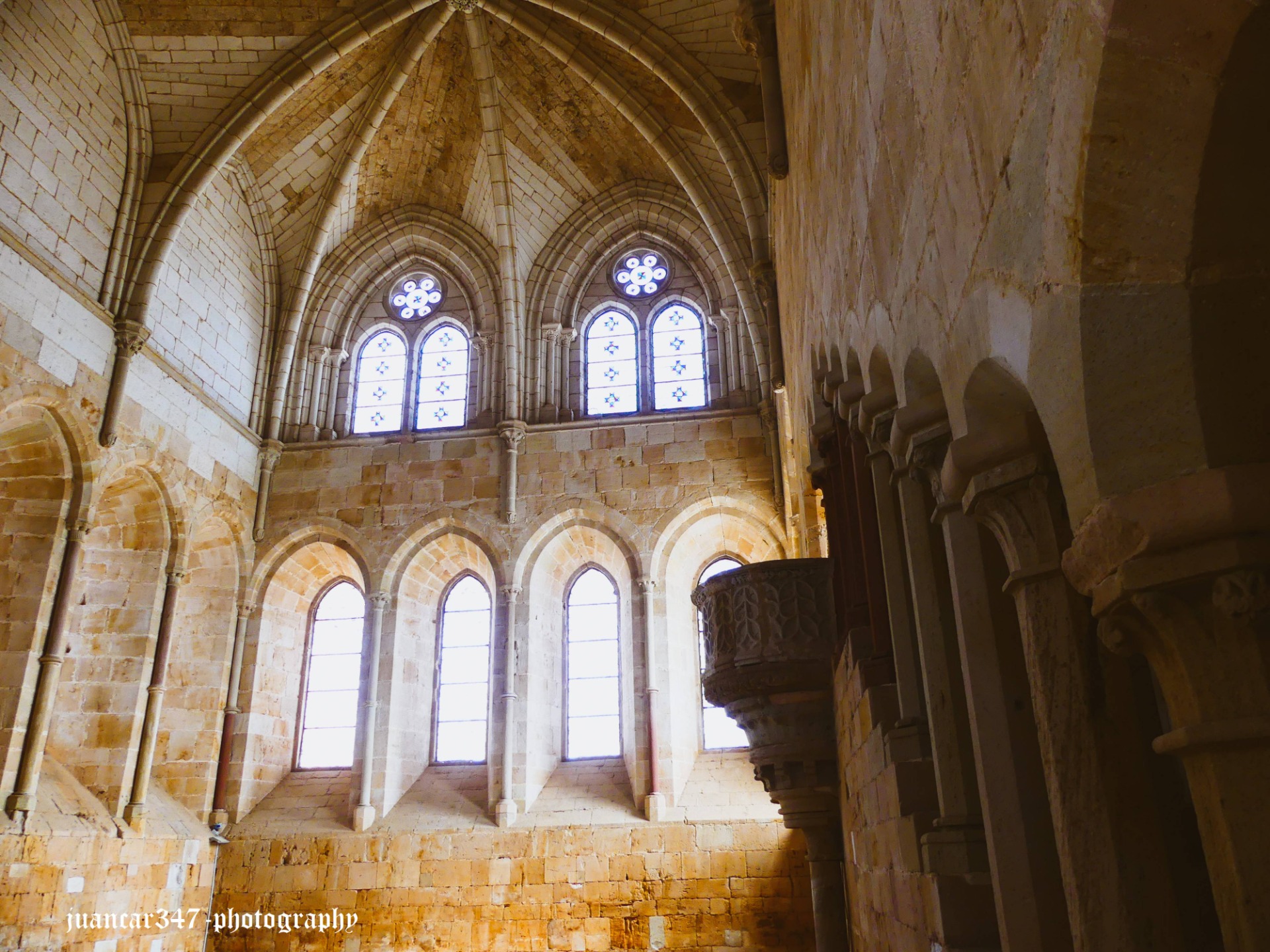
NOTICE: Both the text and the accompanying photographs are my exclusive intellectual property and are therefore subject to my Copyright.
